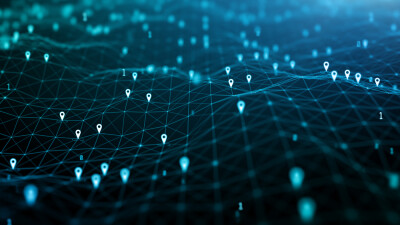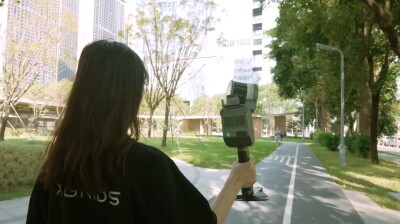DALLAS—What does 3D GIS information and mapping have to do with security operations? ESRI has been spending more and more time over the last five years figuring that out.
“If you have any kind of building or campus that’s large in nature,” said Paul Christin, homeland security specialist at ESRI, “and you want to maximize security, then GIS helps you solve problems. A building takes up a portion of the geography, it has a footprint, so you can manage information using that—It’s important for business-continuity reasons to understand threats and hazards and how to go about managing them.”
Earlier this year, ESRI partnered with NICE Systems, a publicly traded company that operates in the 911 call center and electronic security marketplaces, making everything from DVRs to command and control software that provides companies a thorough window into their security operations. Under the OEM agreement, ESRI’s ArcGIS software engine will be embedded and integrated into NICE’s Situator command-and-control software (sometimes known in security at PSIM software, an acronym of physical security information management).
The integrated solution combines NICE Situator’s data fusion, analysis and automated response capabilities, with ESRI’s spatial analysis, data management, and GIS mapping, to improve situational awareness and real-time situation management.
“Any data, any information that comes from a devices such as cameras, sensors, all has a geographic footprint,” said Christin. “It has a location, where it’s placed, and then it has a footprint in terms of how far out those sensors can project. We take that information and bring it into a geo database and put it on a map and better understand the data. It’s a more intuitive way to understand it than just a live video feed among dozens of monitors or rows and rows of data.”
Feeling Software, a partner of ESRI’s that was exhibiting in the booth at the ASIS International trade show that just wrapped up here, brings in the 3D environment so that, for example, security directors can walk virtually down hallways and follow a suspect through a building using the video feeds. Or security systems integrators can use the 3D digital environment to plan out where cameras should be placed and what lenses to use before actually going into the field for an installation.
Public safety officers appreciate having the 3D representation so that they have as much information as possible available before entering a building or situation.
“Using lidar, you can identify where cubicles are, furniture,” said Christin. “If you have a large building that’s involved in a fire, accessing what you’re up against, knowing it’s more than just a large room and where the cubicle maze is—that’s enhanced situational awareness.”
However, none of this is to say that the adoption has been rapid of GIS and 3D technology in security.
“Last year was the first year where we actually had companies with security solutions, either sensors, cameras, other types of devices, approach us saying, ‘We need to integrate with you and we have no idea what that means.’ For the first three years it was just to get them to start thinking geospatially.”
This is leading to GIS information being embedded in camera feeds, for instance, so that camera positions show up immediately on a map when they’re hooked up and the view of the camera is displayed geospatially.
“Great, you see someone breaking in the door,” posited Christin, “but which hallways is it? How quickly can you get there? You can have quicker access to information. It’s a better way of interacting with the security solution.”
What are some of the hurdles for 3D in security and safety applications?
“Any time you’re working with a 3D environment, you almost need a game controller-type access to that environment, not just a mouse,” Christin said. “That’s not very useful all the time, and especially in an incident environment.” Some users take a while to become comfortable in navigating that environment, and there isn’t time in an emergency to be fumbling around with accessing data.
“It’s a foreign interface, and it’s great for a gaming environment, but it’s really hard to find that right usability, in my opinion,” he said. “There are some applications for it certainly. Is there value in it? Yes. But how do you apply that, in what situation, and then are you really getting a lot for your dollar when you invest in that?”





